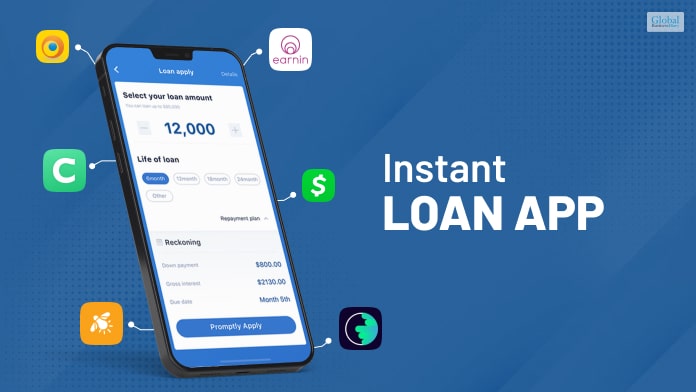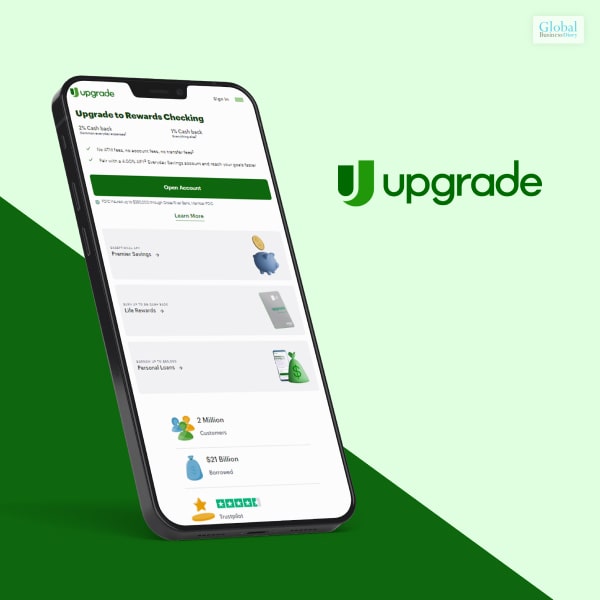Instant Loan App: Top 25 Best Loan Apps Should You Know In 2023

With the rise in the level of digitization, there has been a simultaneous rise in the number of instant loan apps in the last few years. As per various sources, in the year 2022 itself, the demand for personal loans surged by 50% in the retail industry. However, a very interesting fact is that in the disbursement of personal loans, non-banking financial institutions were on top of banks.
In this article, we will mainly discuss the top twenty-five instant loan apps that offer personal loans in 2023. These are the best loan apps that will allow you to avail of loans fast. However, these apps come with different types of service options, and the time of disbursal changes with the app. Hence, to get fully informed, read on through to the end of the article.
The Best 25 Instant Loan Apps In 2023
The following are the best instant loan apps that you must look for before you try to avail yourself of personal loans fast in 2023:
1. Earnin

If you are qualified to get loans in this app, you can get an emergency loan from this app if you are confident to pay it back. The advances are large.
2. Chime
This is one of the best $50 Loan Instant Apps if you are looking for payday loans. However, lenders can still charge high interest.

3. Current

The best thing about this app is that there are no overdraft fees associated with it. Furthermore, you can get overdraft protection of $200.
4. MoneyLion
You can get an instant cash advance of up to $300 dollars, and you can also be able to access and improve your credit score.

5. Brigit

This is one of the best cash advance apps. If you are an eligible member, cash advances are available to you between #50 and $250.
6. Dave
This is one of the best $100 loan instant apps that you will come across. Cash advances start here at only $5, and there is also automatic overdraft protection.

7. Spotloan

Once you do a SpotLoan login, they will inform you, “It’s an installment loan, which means you pay down the balance with each on-time payment.” It means that it is not a payday loan app.
8. Bright Lending
You can get loans from $300 to $1000, but there are also triple-digit APRs, as well as short terms for repayment.

9. Cash App

How to borrow money from Cash App? The Cash App borrow loan services allow you to use the app and access loans from multiple devices using the tag “$cashtag”.
10. MoneyLion
With the help of Moneylion NYC, you will be able to avail of credit-builder loans without a credit check if you are a member.

11. SoFi

The best thing about this loan app is that you can get even $5000 to $100,000 loans and can get your funds on the same day.
12. PayActiv
You can get here early paycheck access, and also you will be able to get up to 50% of earned wages before your payday.

13. Even

If you are eligible, you can get up to 50% of your earned wages early, and you can get budgeting tools to track your spending as well.
14. Branch
Apart from getting 50% of your earned wages early, you will also benefit from no credit checks and zero-cost loans.

15. Grain

If you have low credit scores, then this is one of the best loan apps for you. This is also great if you have a short credit history.
16. Vola
If you are able to pay a monthly fee, with the help of Vola, you can permanently avoid overdraft fees with the help of instant cash advances.

17. Empower

Borrowing a small number of finances can be easy with the help of the Empower Loan App. Furthermore, there are budgeting tools to track expenses.
18. CLEO
The app uses AI to help you analyze your spending and help you by giving actionable insights as well. You can also avoid overdraft charges with the help of rewards and auto savings.

19. SoLo

Once you apply for a loan here, you will get a soft credit check, which will not affect your credit score. However, based on the credit check, lenders will have a better idea in regards to lending their money to you.
20. Upgrade Personal Loans
You can get fast loans with Upgrade, You can get loans up to $50,000. However, there is a high origination fee associated with the borrowing.

21. Varo

Apart from being a loan app, this is also a bank account, which gives you an account with a minimum balance with no monthly charges or overdraft. Furthermore, the credit card option is also secure.
22. Albert
According to Business Insider, “Albert is a financial app offering automatic savings tools, cash accounts, cash-back rewards, auto-investing, and much more.” However, you can get some customer service issues, as per complaints of borrowers.

23. LendJet

Although not a direct lender, you can get access to a variety of lenders through this platform. Hence, it will be easier to look for personal loans from various options.
24. ZippyLoan
Like the other platforms, ZippyLoan also offers you to choose from a variety of lenders. You can get loan amounts from $100 to $15,000.

25. Viva Payday loans

You can apply for loans in this app without having a credit history for yourself. The loans are hassle-free, and you will get fast approvals as well.
Summing Up
Hope this list is informative enough to give you a better idea of the best instant loan apps in 2023. If you are trying to avail of fast loans, then you must try one of these apps mentioned above to get the best services. However, we will still recommend you read all the information related to availing of loans.
This will give you a better idea of what services are offered by the loan app that you are taking a loan from. Which of the aforementioned loan apps do you think is the best option for you? Share your reviews with us in the comments section below.
Read Also About:













